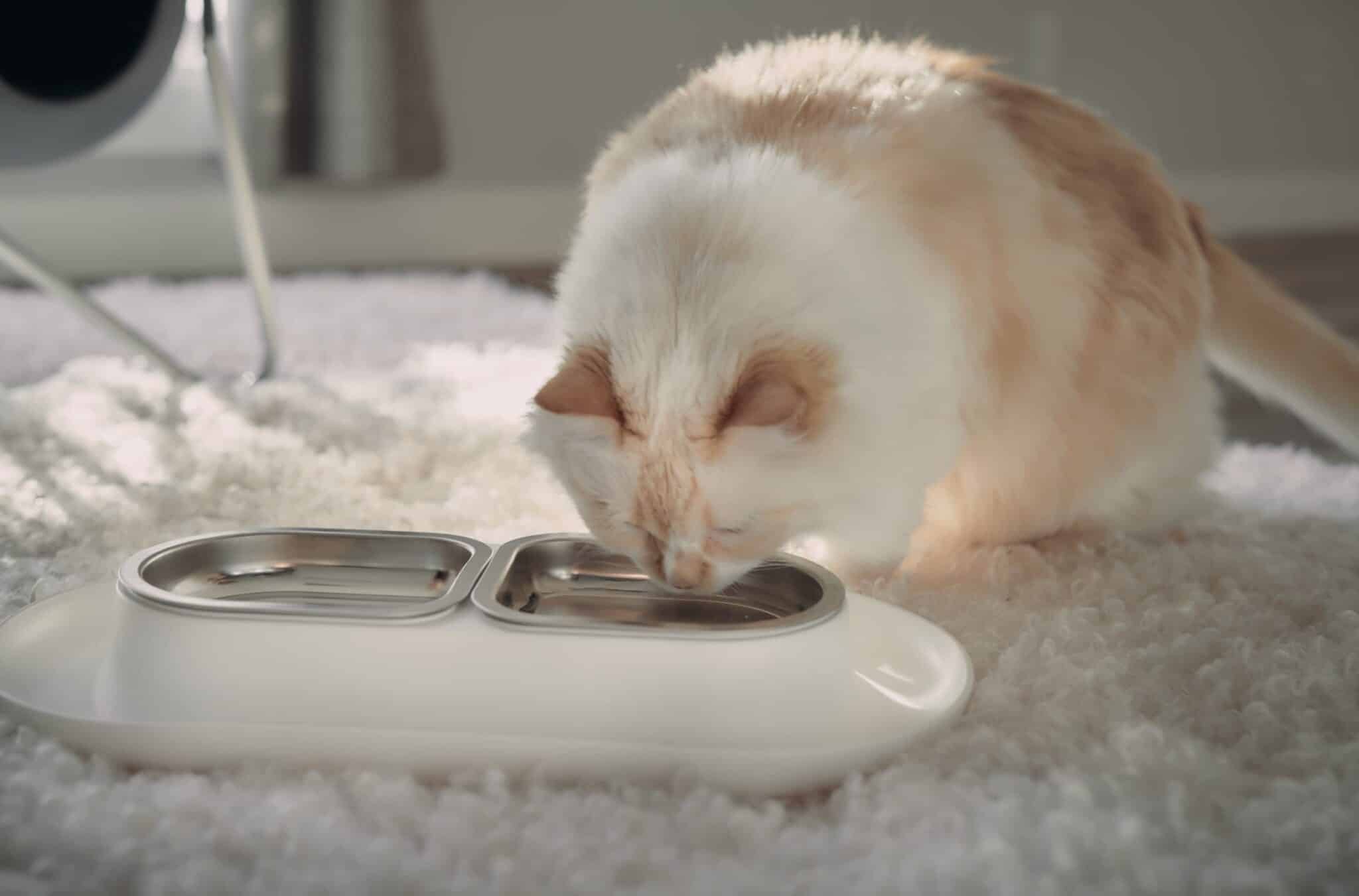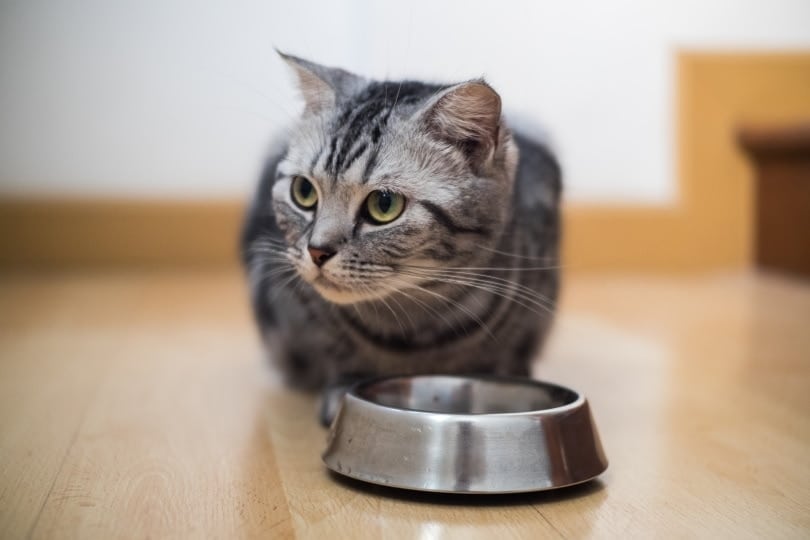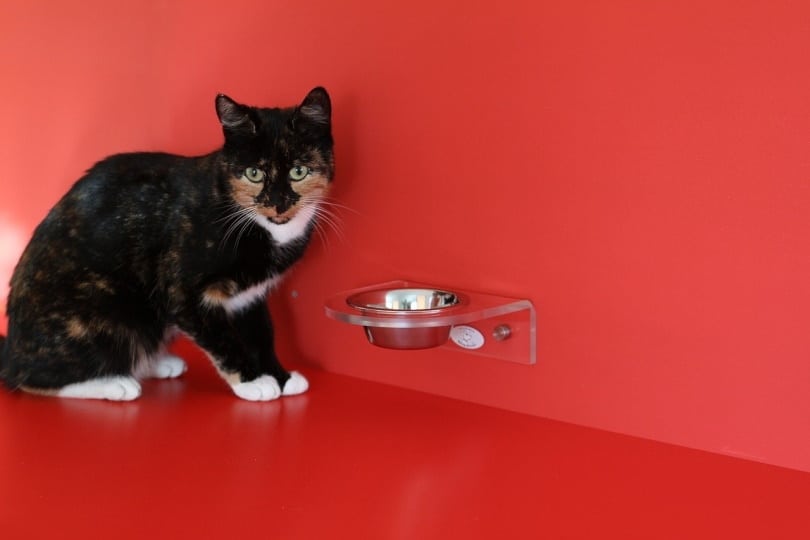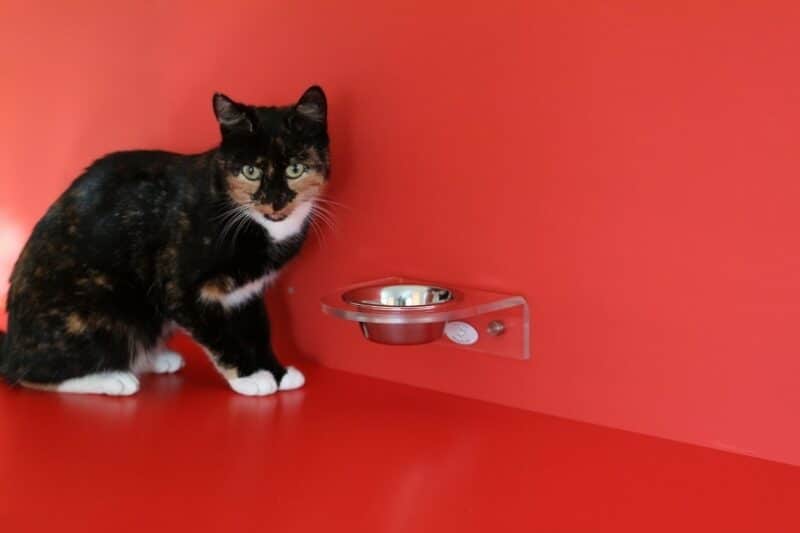Just like how you require water, your cat also needs water to survive. If you prefer drinking mineral water and wonder if you can share it with your cat, you should know that cats can drink mineral water.
There are very few significant differences between bottled mineral water and tap water. This means your cat can drink just as much mineral water as they do tap water, and you don’t have to worry about them becoming ill.

What Is Mineral Water?
Mineral water is water sourced from natural underground springs. This is where moving water comes out of an opening in the earth’s surface. Mineral water is also known as spring water and tends to have a slightly higher amount of minerals, like potassium, magnesium sulfate, sodium sulfate, and calcium carbonate.

Is Mineral Water Better Than Tap Water for Cats?
Even though lots of studies have confirmed that the minerals present in mineral water are healthy, it’s never been proven that mineral water is any healthier than tap water.
Both bottled mineral water and tap water contain essential minerals, like calcium, magnesium, bicarbonate, chloride, iron, and sulfate, making both types healthy for cats and humans to drink.
The Best Option for Cats Is Filtered Tap Water
Since you love your cat, you want to give your little buddy the best of everything, including what they drink. Filtered tap water is the best option for cats. When you buy a simple water filter and hook it up to your faucet, it will remove most of the unpleasant odors and tastes, making it more enjoyable for your cat to drink.
Encouraging Your Cat to Drink More Water
Like all living things, cats need water to avoid dehydration. Water consumption in cats is important because it helps flush toxins from the kidneys, decreases the chances of kidney and bladder stones, and helps maintain body temperature while keeping the body’s organs hydrated and functioning properly.
If you feel that your cat isn’t drinking enough water, there are a few things you can do. A great idea is to add some cat-safe flavoring to the water. You can add a few drops of low-sodium chicken broth or a tiny bit of the juice from canned tuna that’s been packed in water.
Another great way to get your cat to drink more water is to get them a cat fountain. Many cats prefer drinking from dripping faucets because they enjoy getting their water from a moving source.
If you have your cat’s water bowl placed next to the food bowl, move the water bowl to another location. Many cats don’t like having their water near their source of food, so give this simple trick a try, as it may work for you!
Liquids Cats Can Drink Besides Water
If you want to spice things up and give your cat something to drink besides water, you have a few choices. Just don’t replace any of these liquids with the drinking water entirely because plain water is always best for cats to drink. Here are a few liquid treats you can give your cat on special occasions.
Goat’s Milk
Goat’s milk is easily digested by cats because its fat molecules are smaller compared to cow’s milk, which means it’s easier on the stomach. You can buy dehydrated goat’s milk made for pets that you simply mix with water. Because goat’s milk is not a nutritional requirement for cats, it should only be offered sparingly in very small amounts. Remember, any new or unusual food has the potential to cause gastrointestinal upset, such as vomiting or diarrhea.
Bone Broth
You can make some tasty bone broth for your cat by simmering some chicken, pork, or beef bones in water. This takes many hours to make, so if you don’t have much time to spare, pick up some commercial bone broth that’s just as delicious and healthy. Just be sure there aren’t any added spices or seasonings, as this can cause gastrointestinal upset.
Tuna Juice
Maybe you’ve seen your cat run from across the room when you open a can of tuna. Many cats love drinking the juice that comes from cans or pouches of tuna packed in water.
You can give your cat a small amount of tuna juice as it is or mix it with some of their drinking water. Just don’t overdo it with the juice because packaged tuna contains mercury, which isn’t good for any animal, including your cat!
What Your Cat Needs to Stay Healthy

As carnivores, cats are primarily meat-eaters that rely on nutrients found in animal products. A sound feline diet contains high amounts of protein, a moderate amount of fat, a few carbohydrates, and a slew of vitamins, minerals, fatty acids, and amino acids.
If you buy top-quality cat food, your cat’s nutritional needs will be met. You can either feed your cat dry food, wet cat food, or a mix of both. If you’re worried that your cat isn’t drinking enough water, wet cat food may be the best option for your pet as it contains a higher water content.
Conclusion
If you’re worried that your cat may be in harm’s way because you saw them drinking some of your mineral water, don’t fret! Cats can safely consume mineral water because it’s not much different than tap water. If you’re unsure what type of water to give your cat, go with filtered tap water because it smells and tastes great and won’t bring them any harm!
- Related Read: What Can Cats Drink Besides Water? 3 Safe Options
Featured Image Credit: netti67, Pixabay













